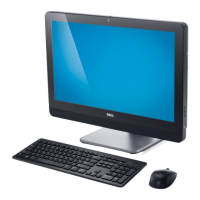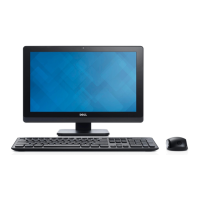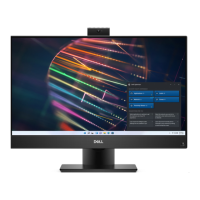Table 11. Audio specifications (continued)
Description Values
External volume controls
No hardware volume buttons
Speaker output:
Average speaker output
5 W
Peak speaker output
6 W
Subwoofer output
Not applicable
Microphone
Two—MEMS microphones
Storage
This section lists the storage options on your OptiPlex 7400 All-in-One.
Table 12. Storage matrix
Storage Single M.2 socket 2
nd
M.2 socket
M.2 SSD Boot Yes Yes
M.2 SSD Boot SSD Yes Yes
M.2 SSD Boot SSD RAID0 or RAID1 RAID0 or RAID1
Table 13. Storage specifications
Storage type Interface type Capacity
M.2 2230, Class 35 SSD PCIe NVMe Gen3 x4 Up to 1 TB
M.2 2230, Class 35 SSD, self-encrypting
drive
PCIe NVMe Gen3 x4 256 GB
M.2 2280, Class 40 SSD PCIe NVMe Gen4 x4 Up to 2 TB
M.2 2280, Class 40 SSD, self-encrypting
drive
PCIe NVMe Gen3 x4 Up to 1 TB
RAID (Redundant Array of Independent Disks)
For optimal performance when configuring drives as a RAID volume, it requires identical drive models.
RAID 0 (Striped, Performance) volumes benefit from higher performance when drives are matched because the data is split
across multiple drives: any IO operations with block sizes larger than the stripe size will split the IO and become constrained by
the slowest of the drives. For RAID 0 IO operations where block sizes are smaller than the stripe size, whichever drive the IO
operation targets will determine the performance, which increases variability and results in inconsistent latencies. This variability
is particularly pronounced for write operations and it can be problematic for applications that are latency sensitive. One such
example of this is any application that performs thousands of random writes per second in very small block sizes.
RAID 1 (Mirrored, Data Protection) volumes benefit from higher performance when drives are matched because the data
is mirrored across multiple drives: all IO operations must be performed identically to both drives, thus variations in drive
performance when the models are different, results in the IO operations completing only as fast as the slowest drive. While
this does not suffer the variable latency issue in small random IO operations as with RAID 0 across heterogeneous drives, the
impact is nonetheless large because the higher performing drive becomes limited in all IO types. One of the worst examples of
constrained performance here is when using unbuffered IO. To ensure writes are fully committed to non-volatile regions of the
RAID volume, unbuffered IO bypasses cache (for example by using the Force Unit Access bit in the NVMe protocol) and the IO
Specifications of OptiPlex 7400 All-in-One
25

